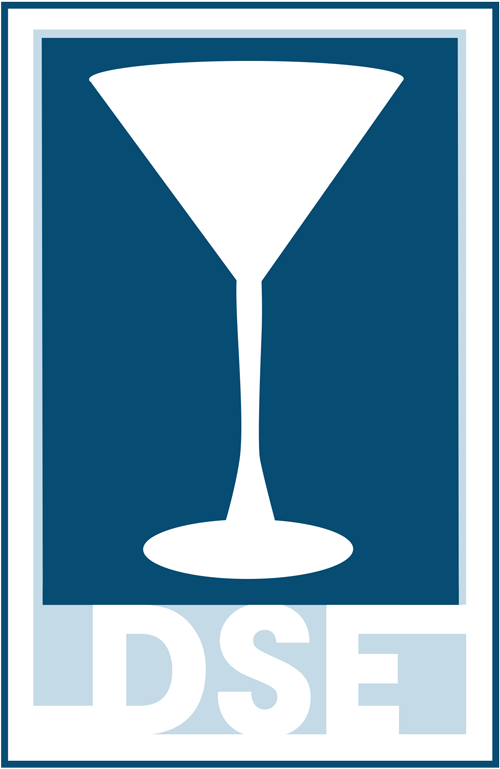Banning hard liquor at fraternity events is long overdue
By Editorial Board
September 9, 2018
COLLEGES THAT have banned hard alcohol say the step has helped combat some of the most pernicious effects of campus drinking. They report less consumption, fewer alcohol-induced medical transports, hospitalizations and arrests, as well as a decrease in binge drinking and other high-risk behaviors. So the recent decision by a major association representing fraternities to no longer allow hard liquor at chapter houses or events is a welcome step, even if it is long overdue.
The North-American Interfraternity Conference, the trade association that represents 66 international and national men’s fraternities, announced last week that its members had given near-unanimous approval to a resolution prohibiting “alcohol products above 15 percent A.B.V.” from being present in any chapter facility or chapter event unless sold by a licensed third party. The ban, which will go into effect by Sept. 1, 2019, applies to both common areas and private living spaces, whether or not students are over the legal drinking age of 21. Chapters on 800 campuses will be affected.
The new policy was announced the same week that the family of Pennsylvania State University student Timothy Piazza settled a lawsuit with a national fraternity that stemmed from the 19-year-old’s death last year during a hazing ritual. Made to consume large amounts of alcohol, including vodka, the sophomore engineering student suffered injuries to his brain and spleen after he fell down stairs and was left unattended by other students. A doctor calculated that his blood-alcohol content was about four times the legal limit for driving. His needless death — along with those of three other students last year during booze-soaked pledging rituals — was the catalyst that finally made the interfraternity conference realize it couldn’t leave it up to individual chapters to clean house.
“We’re going through an intense period of reflection,” said Judson Horras, chief executive officer of the interfraternity conference, as he acknowledged the impact of last year’s deaths. He said a year of study and talks with students revealed “the unequivocal, No. 1 thing” was a need to address the dangers of hard alcohol. Hard liquor lets students get drunk faster; it has become a staple of dangerous hazing rituals and given rise to such high-risk behaviors as “pre-gaming,” in which students get drunk before even leaving home for parties or sporting events.
To be sure, a ban on hard liquor won’t cure all the problems caused by underage drinking. Beer, wine and malt beverages, all still allowed for those of age to drink them , also have the potential to be abused. That’s why schools that have banned hard liquor with largely positive results, including Dartmouth College and Purdue University, have also put in place other health and safety initiatives. As fraternities spend the coming year developing plans to implement and enforce the hard-liquor ban, they would also do well to study what other measures are needed to make campuses and fraternities safer.
